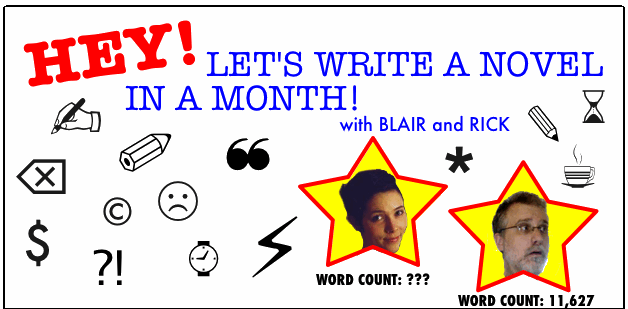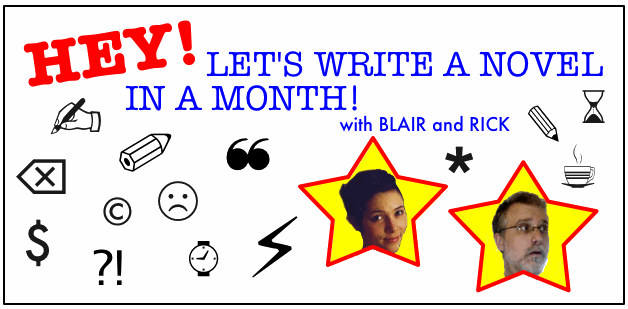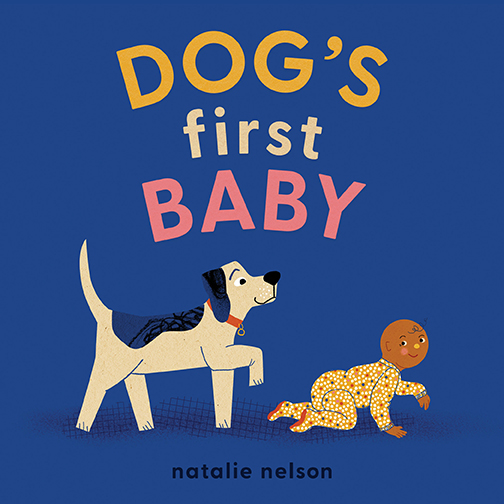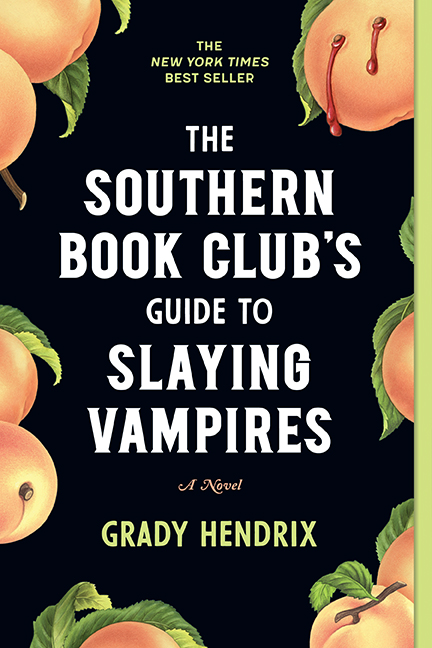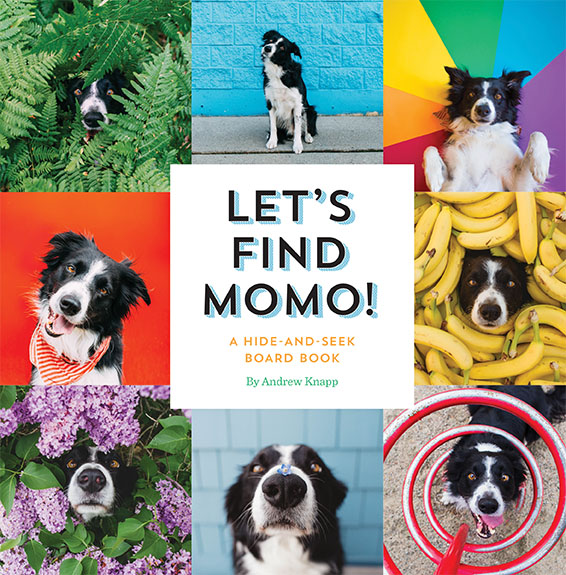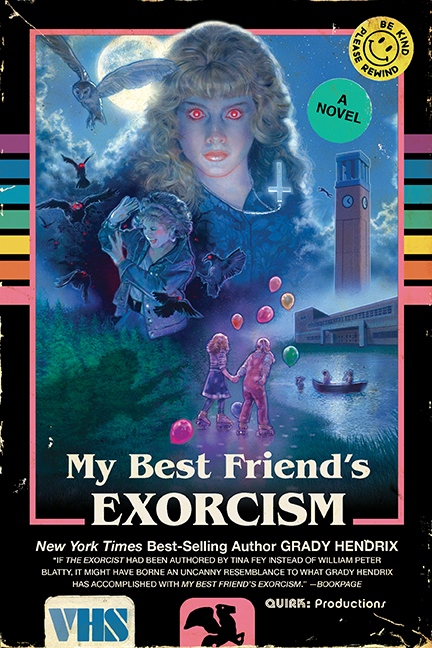Our Blog
The Worst (and Therefore Best) Summer Songs
Summer makes bad songs sound good. There’s no better time of the year to blare Top 40 music as loud as possible and sing about how awesome life is. There are some songs that re-surface every year throughout the summer months and, for some reason, they are universally loved.
Posted by Maria Vicente
Sauteed Shrimps and Leeks Jumbo Omelet
If you’re so busy with life that you forgot about dinner, yet long for something homemade, then this is the perfect dish for you. Omelets are great go-to when you’re out of ideas (or ingredients!) and I discovered that leeks, especially the organic ones, are at their best (and most affordable!) in the spring season. Even better, leeks are bursting with antioxidants, minerals and vitamins. With an armful of fragrant leeks and a bundle of fresh jumbo shrimps, I knew I had a great thing going for a quick meal.
In the sizzling skillet filled with butter and olive oil, the ringlets of leeks let out a mellow, sweet onion aroma. The shrimps and bright yellow whisked eggs added a glorious gleam to the mix, and best of all, it only takes a few swift minutes to prep. Pull up a seat, pour some wine, and forget all the day’s cares with tasty slice of omelet!
Sauteed Shrimps and Leeks Jumbo Omelet
Servings: 2 to 3
½ pound fresh jumbo shrimps, washed, peeled, tails removed
1 can ginger ale, for pre-cooking shrimps
Juice from 1 lemon, save rinds, for cooking shrimps
2 Tablespoons extra virgin olive oil
2 Tablespoons butter
2 large stalks of organic leeks, well rinsed and roots trimmed (see notes) and sliced in thing ringlets (use white and pale green parts only)
½ cup slice roasted red bell pepper, drained (in jars)
6 whole large eggs
2 Tablespoons heavy cream
1 teaspoon salt, or to taste
1 teaspoon freshly ground black pepper, or to taste
Good bread, for serving
1. In a small pot, over medium high heat, combine the shrimps with the ginger ale and lemon. Throw in the lemon rinds. Boil, then simmer till shrimps cook, about 8 minutes. When cooked, drain shrimps and set aside.
2. Separately, in a medium bowl, whisk the eggs with the cream till frothy, about 3 to 5 minutes. Add the salt and pepper. Set aside.
3. In a large non-stick skillet, over medium heat, add the butter and extra virgin olive oil. When the butter starts to sizzle, add the sliced leeks. Cook for 2 to 3 minutes till leeks soften.
4. Add the pre-boiled shrimps to the leeks in the skillet. Mix in the sliced roasted red bell peppers. Cook and stir ingredients for 1 to 2 minutes to allow flavors to mingle.
5. Pour the beaten egg mixture over the shrimp mixture. Tilt the pan around to spread the eggs completely and evenly over the bottom of the skillet. Cover, and cook the omelet for 5 minutes or till no more liquid is visible. Turn off the heat. Serve hot with a good loaf of bread.
Recipe Notes: Leeks are abundant in the spring season but are available year round. To prepare, remove the outer greens on top by hand and trim the lower roots at the end of the white parts with a knife. To clean, put the whole bundle in a bowl of water and swirl it like a brush to remove residue and grits. Pat dry with paper towels. Aside from this recipe, leeks are good raw on salads, and are sweeter and less pungent than regular onions.
—
Elizabeth Quirino believes that “food brings the world together.” She loves to cook, develop recipes, photograph & write about her culinary adventures on her 2 blogs Asian in America. Outside the kitchen, Elizabeth paints watercolors, reads everything and ends every week with ballroom dancing. For great food stories find her on Facebook and follow Mango_Queen on Twitter.
Posted by Elizabeth Ann Quirino
O Romeo, Romeo, Wherefore Art Thou on Television
Is there any better way to advance the plot of a teen drama or sitcom than by having the characters learn about or perform Romeo and Juliet? It seems that just about every teen star has been forced to play the roles. First kiss drama? Insane jealousy? Learning about love? Worry that your boyfriend has been cast as Romeo while you are the nurse? These TV shows have got it all.
Posted by Jennifer Morell
Let’s write a novel in a month: Part 2—How to Write a Novel In A Month
Okay, quick recap: Last week Blair manipulated me into trying to write a 50,000 word novel in one month following the Camp NaNoWriMo protocol, and then she promptly went on a two-week vacation.
Now that one week has passed, I’m glad to say that my word count is on track, I have spilled very little blood, and I’m only crying very late at night when no one can see or hear me. I’ve also learned a few things that I hope will help me on this and future writing projects, and maybe they’ll help you too, so here they are:
1: Quit wasting time on stuff that you can figure out later. For example, I have always hated coming up with character names. I just don’t have a knack for it. Some of the names I rejected for my story include: Endicott Ramblesby. Pete Bott. Martha Refrigeratorface. Parker Halmurmisson. I just can’t do it. But with the time limit imposed by this project, I decided not to expend precious temporal units on inventing names, I just did my best and moved on. It was quite liberating.
2: Get organized. Reading the NaNoWriMo message boards and corresponding with other, uh, NaNoWriMoers, I’ve been amazed at how much prep work some writers do before they actually begin writing their manuscripts. Lots of people create note cards with character info on them. Some do the same with plot points so they can shuffle things around and try different combinations. Plenty of writers invest a significant chunk of time compiling research so it will be on hand and easy to access when they’re writing. There are software packages like Scrivner that can help you do all this digitally. As we discussed last week, I personally am not prone to a whole lot of this type of frontloading. But I am starting to rethink that. I do know that if I hadn’t hammered out an outline before starting this venture, I’d be lost by now.
Posted by Rick Chillot
Let’s Write a Novel in a Month: Part I
RC: Hi everybody, Rick Chillot here. You know what I like? Free time, sanity, a pain-free spine, a good night's sleep, what's left of my hairline…the list goes on and on. So when I came across the one-month-novel-writing event Camp NaNoWriMo, from the people behind National Novel Writing Month, my horror could not have been greater. And yet, I kept thinking about it. Is it truly possible to write a 50,000 word novel in one month? What would that experience be like? Would I absolutely hate it, or just moderately hate it? In the end, it seemed the only way to punish myself for even considering this was to sign up and try it, with the hope that the emotional scars would prevent me from making similar decisions in the future.
Posted by Rick Chillot
Flat Is The New Thick: Flat Stanley Visits the Quirk HQ
Recently the Quirk compound was visited by beloved children's book character Flat Stanley.
As many of you will recall, young Stanley was rendered two-dimensional when a huge bulletin board fell on top of him. He didn't let flatness keep him down, though; in fact, he took advantage of the situation by folding himself into envelopes and mailing himself all around the world. Since then, kids in over 6.000 schools–including my nephew Sam–have participated in the Flat Stanley Project by creating their own Flat Stanleys and mailing them all over the place.
The Stanleys are mailed back with photos and information about where they've been. So here are some of the pictures from Stanley's visit to Quirk. (Spoiler alert–Sam got an A.)
Posted by Rick Chillot


